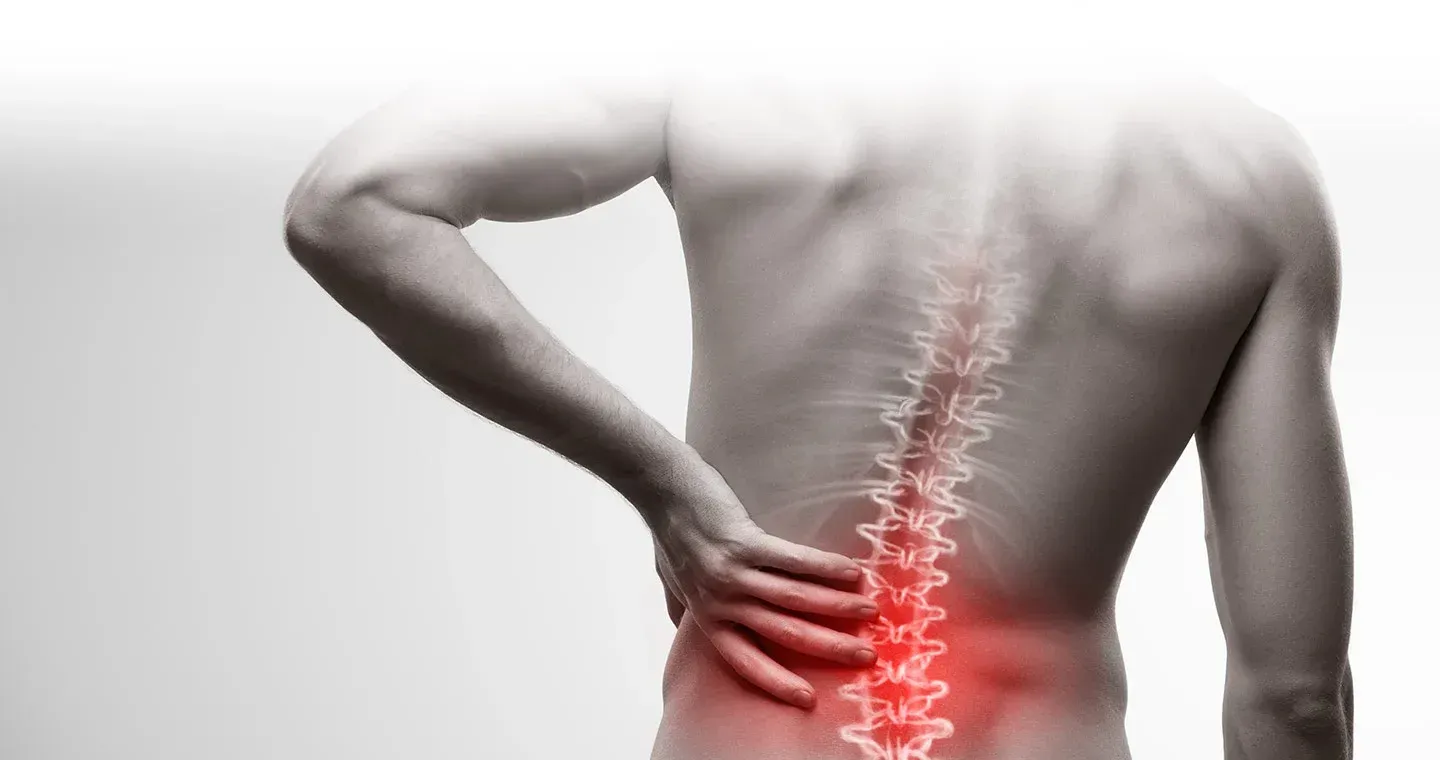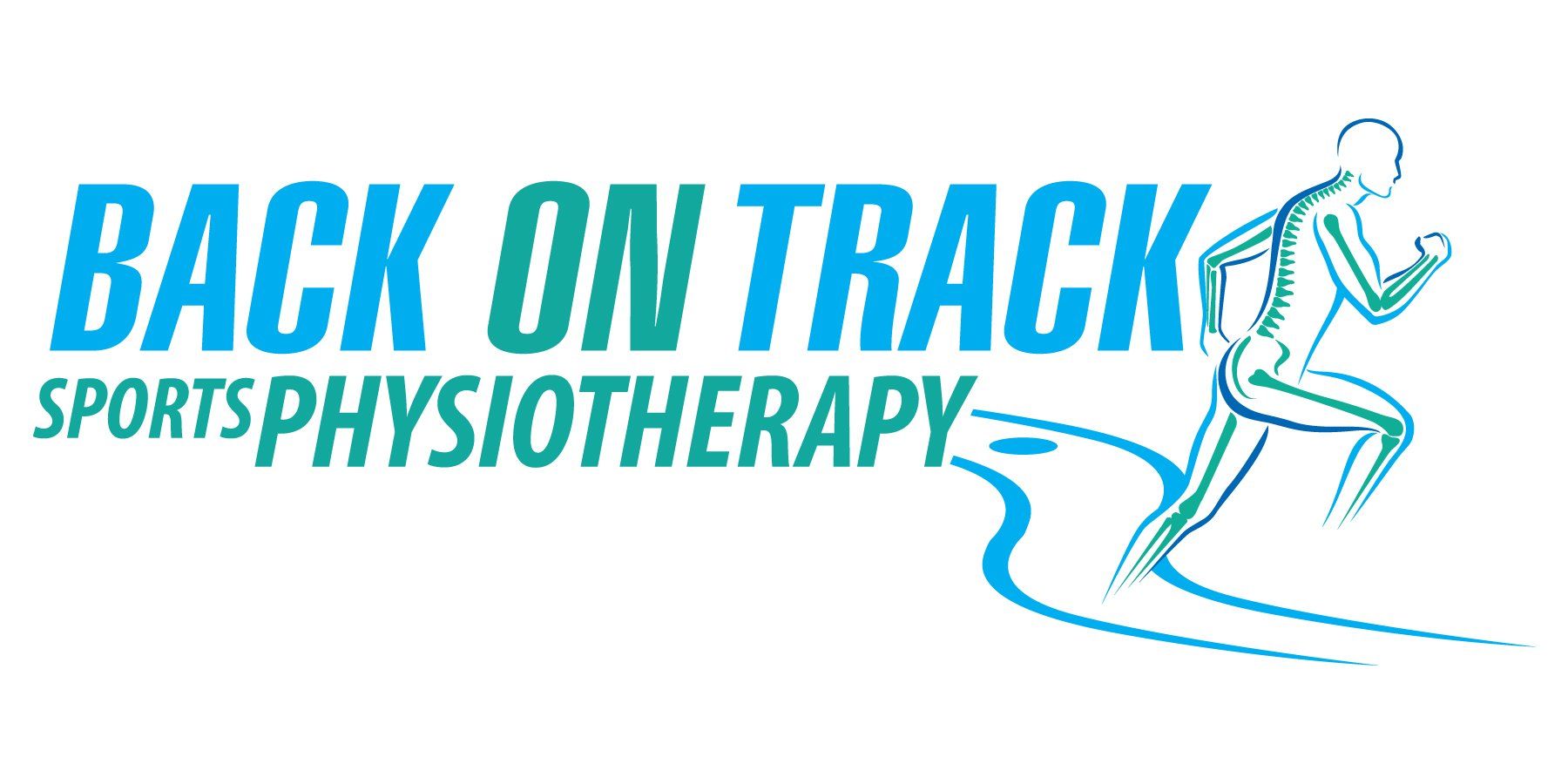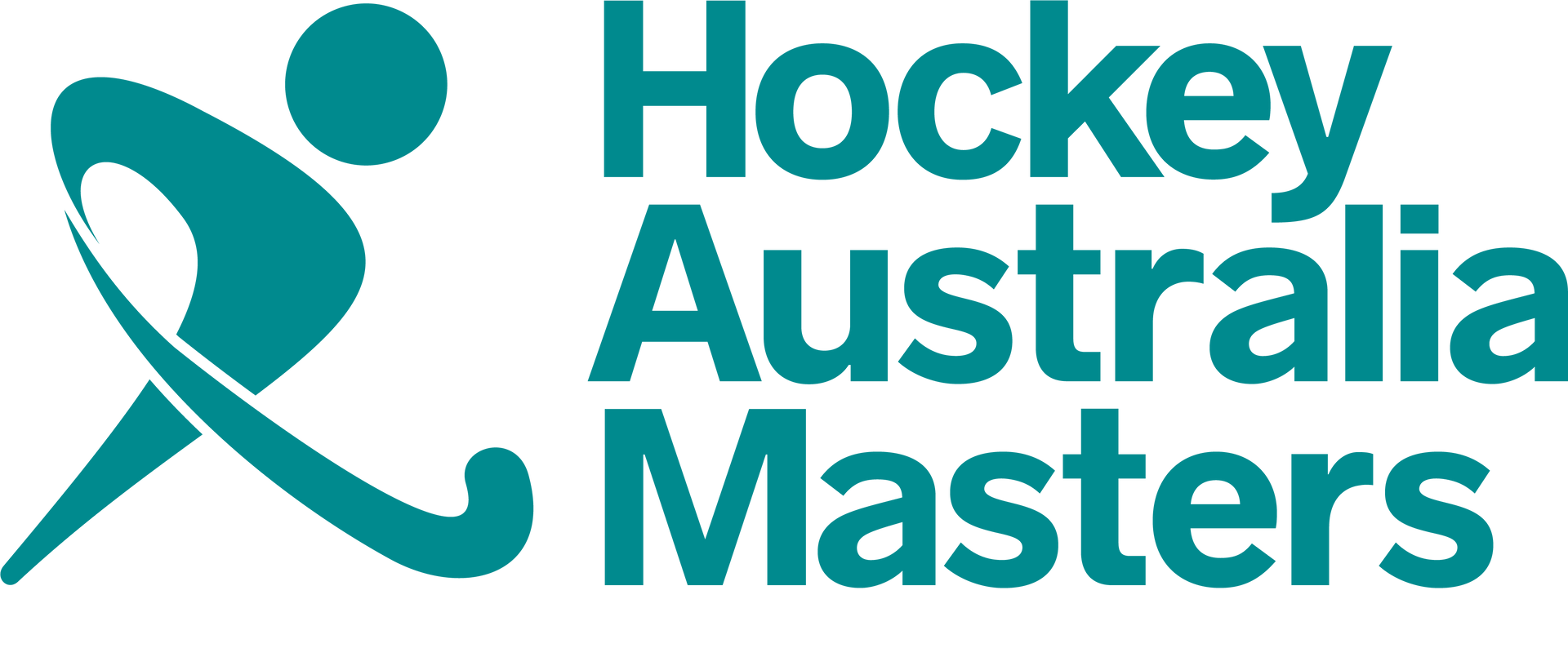Open 7 Days
Mastering Low Back Pain: Strategies for a Stronger, Healthier You

Lower back pain (LBP) can be a complex injury, therefore it’s important to understand the underlying causes. Thus, our approach begins with a comprehensive assessment aimed at pinpointing the factors contributing towards your LBP. This is a highly individualised process as each person's back pain is specific to them. Once the root cause has been identified, we will tailor our treatment plan to focus on addressing this area directly.
Types:
There are two types of Low Back Pain -
- Specific: Caused by a specific structural injury or disease in the spine explaining LBP.
- Non-Specific: Unable to identify a specific structural damage or disease causing the LBP.
Lower back pain can manifest in many different ways -
- Acute: Pain lasting under 1 week
- Subacute: Pain lasting 1-12 weeks
- Chronic: Pain lasting longer than 12 weeks (Trager et al., 2016).
Signs and symptoms:
Lower back pain is described as pain between the lower ribs to the buttocks. Each individual's encounter with Low Back Pain may differ, potentially including -
- Dull, achy or sharp pain in the described area.
- Restriction of movement affecting daily activities.
- May experience radiating pain down the legs. This might feel like a dull ache or sharp pain down the legs. Additionally, you may feel pins and needles or numbness, tingling or weakness through the legs.
Management strategies:
If you undergo an acute sporting injury to the lower back you can follow our acute management strategies by clicking on the link below.
https://www.backontracksportsphysiotherapy.com.au/acute-sports-injury
How can we help you?
- Manual Therapy: Physiotherapists utilise hands-on techniques including massage, joint mobilisation or manipulation to help alleviate LBP and improve symptoms.
- Exercise Prescription: Exercise and physical activity are highly recommended in clinical guidelines for LBP (Huo et al., 2023). When working with LBP, it is important to continue incorporating exercise into your daily routine. Physiotherapists can design a personalised exercise program specific to your needs. This can include exercises to improve your muscle strength, cardiovascular fitness and flexibility.
- Education and Lifestyle Modification: Physiotherapists can help to educate patients and develop strategies to self-manage. Through education, patients can understand how lifestyle factors may contribute to LBP. Guidance can be offered on making healthy lifestyle changes and creating ergonomic changes to improve symptoms.

References:
Huo, M., Ho, E., Kongsted, A., Patterson, T., & Ferreira, P. (2023). Association between physical activity, sedentary behaviour and the trajectory of low back pain. The Spine Journal : Official Journal of the North American Spine Society, 23(7), 1037–1044. https://doi.org/10.1016/j.spinee.2023.03.006
Traeger, A. C., Henschke, N., Hübscher, M., Williams, C. M., Kamper, S. J., Maher, C. G., Moseley, G. L., & McAuley, J. H. (2016). Estimating the Risk of Chronic Pain: Development and Validation of a Prognostic Model (PICKUP) for Patients with Acute Low Back Pain. PLoS Medicine, 13(5), 1–21. https://doi.org/10.1371/journal.pmed.1002019





















































